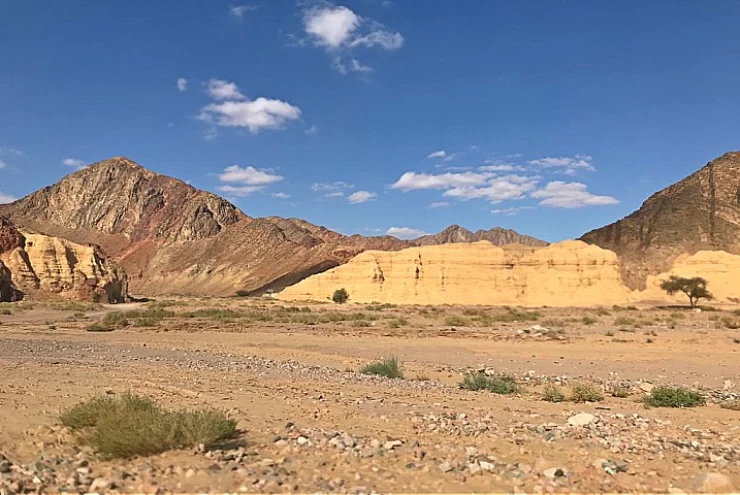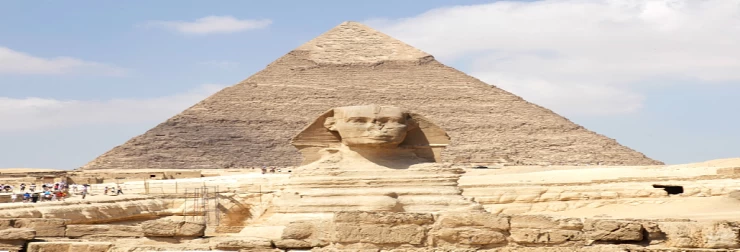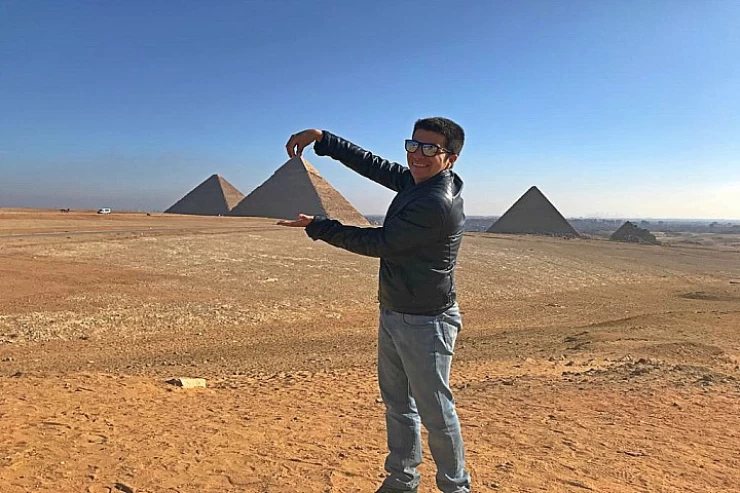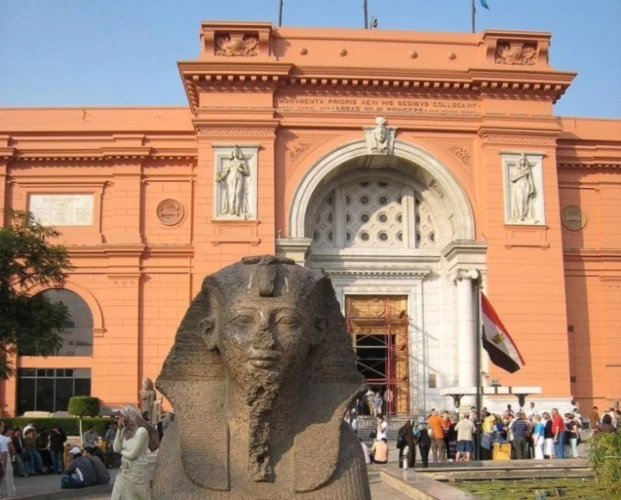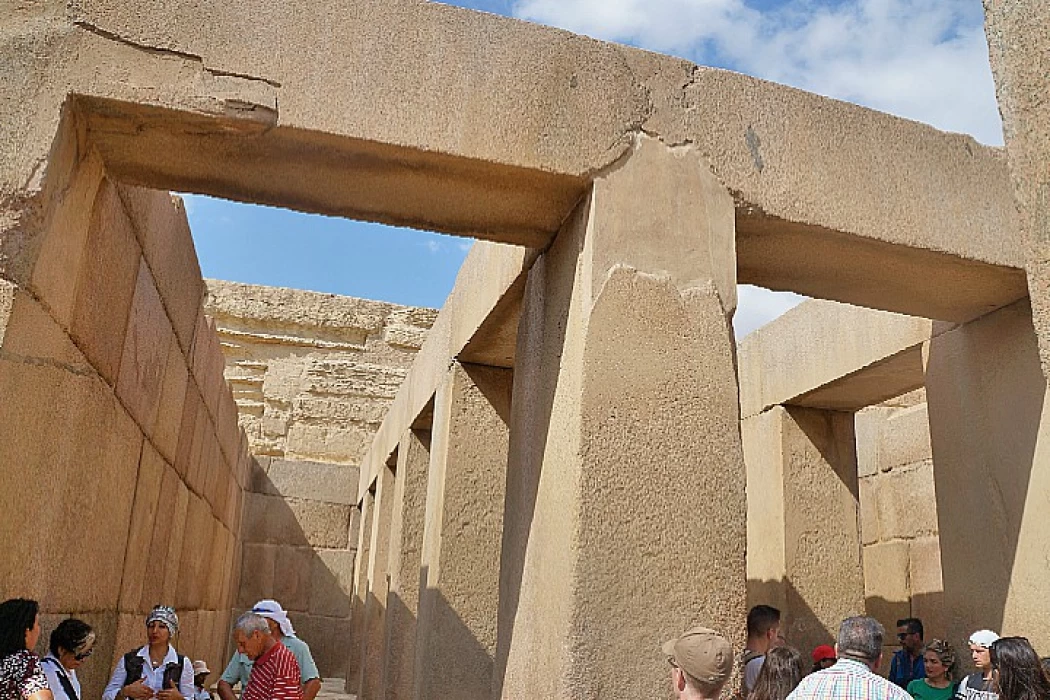
The Valley Temple of King Chephren
The Ancient Kingdom in Egypt
Egypt’s throne passed from Dedef-Ra who ruled for eight years to King Khafre; the reason he could not move freely was due to local controversies between him and Dedef-Ra’s sons, yet this did not stop his resolution to erect a pyramid as grand as that of Khufu’s one but just a little bit smaller in dimensions.
Khafre seemed unable to construct small pyramids on the southern side of his pyramid for his wives as Khufu had done before him and Mankhaura after him which may have been effected by disputes over the throne existing between him and descendants of Ddv-Ra.
The ascending road connected the valley temple to the funerary temple. In early pyramid clusters, this road had no roof but later was often covered with a rectangular opening allowing little light to come inside. These were performed in the funerary temple and sanctuaries before the body was taken to its burial place inside the pyramid, while earth pits were created for housing boats that were used for transporting royal corpses as well as their funerary goods; after being disassembled they were put into pits meant for king’s use in afterlife - including his sojourns through the dead: for his way through darkness Or accompanying the Sun God.
The Valley Temple of King Khafre is located on the edge of the valley near the village of Nazlat al-Saman, facing east where there is a port connecting with a harbor. It is thus deemed to be the most complete structure belonging to this King’s funerary group apart from its top tilting.
To the east of pyramid lies the funerary temple which is made from limestone and dressed in granite blocks which clothe walls, floors as well as ceilings; it opens up towards a hallway followed by tiles. Valley Temple: the Entrance takes you into vestibule and then to T-shaped hall that boasts about 16 granite columns reaching a height of approximately 4 meters. The floor was paved while walls were.







